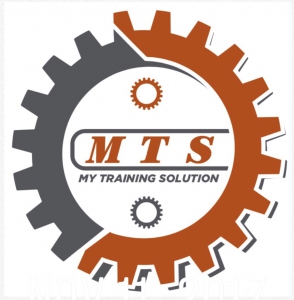Lumbar instability – is a significant decrease in the capacity of the stabilizing system of the spine to maintain the intervertebral neutral zones within the physiological limits so that there is no neurological dysfunction, no major deformity, and no incapacitating pain. Patients with lumbar instability show loss of spinal motion segment stiffness in which normal external loads may cause pain, spinal deformity or damage to the neurological structures.
Stabilization exercises have been used successfully to treat patients with segmental instability and chronic pain. Evidence suggests that the lack of muscle strength can itself contribute to low back pain even in the absence of degeneration.
Therapy for lumbar instability must address not only the lumbar region but also the surrounding anatomical structures such as the muscles of the abdomen and lower extremities. The kind of exercises depends on the status of the patient. Not all patients show a loss of the feedforward mechanism but in those where the mechanism is not working well, the patients will have more pain.© Primal Pictures
Low back pain (LBP) is the fifth most common reason for physician visits and affects nearly 60-80% of people throughout their lifetime. Some studies have shown that up to 23% of the world’s adults suffer from chronic low back pain. This population has also shown a one-year recurrence rate of 24% to 80%. Some estimates of lifetime prevalence are as high as 84% in the adult population. A systematic review demonstrated an annual rate of adolescents suffering from back pain of 11.8% to 33%, 11-12% of the population being disabled by low back pain.
There are different definitions of low back pain depending on the source. According to the European Guidelines for prevention of low back pain, low back pain is defined as “pain and discomfort, localized below the costal margin and above the inferior gluteal folds, with or without leg pain”. The most common form of low back pain is the one that is called “non-specific low back pain” and is defined as “low back pain not attributed to recognizable, known specific pathology”.
Low back pain is usually categorized in 3 subtypes: acute, sub-acute and chronic low back pain. This subdivision is based on the duration of the back pain. Acute low back pain is an episode of low back pain for less than 6 weeks, sub-acute low back pain between 6 and 12 weeks and chronic low back pain for 12 weeks or more.
Low back pain that has been present for longer than three months is considered chronic. More than 80% of all health care costs can be attributed to chronic LBP. Nearly a third of people seeking treatment for low back pain will have persistent moderate pain for one year after an acute episode. It is estimated that seven million adults in the United States have activity limitations as a result of chronic low back pain.
I have three go to lumbar spine exercises and stretches if performed daily can make a significant differences in pain and healing:
- Windshield Wipers: This exercise is performed on the floor on your back with both knees in the bent position. 90 degree of flexion with both arms out to the side and your palms facing towards the ceiling. While in the supine position the truck will rotate in the lumbar spine side to side. keeping your arms on the floor at all times. Areas of movement will be lumbar spine, abdominal obliques, and shoulders. You will also feel mid thoracic and hip movement.
- “Open the door” stretch: this movement will require you to lie on the floor on either side as you will perform it bilaterally. While side lying is required, tuck both of your knees into the fetal position, both arms are extended and overlapping. This position is considered “closed”. To open the movement, keep your knees and feet together and rotate the top arm and thoracic spine to the opposite side. Hold this movement for 3 seconds for the first 2 x’s, then on your last “open door” hold for 10 sec. Repeat to the other side. Areas of movement are bilateral lumbar spine, hips. Abdominal obliques, shoulders and mid thoracic region.
- Torso Twist: this movement requires you to sit on a bench or a chair. While sitting upright you are required to sit at the end of the bench and lean back so that you have the feeling of “leaning” too far. Keeping your arms across your chest and head forward, start rotating your upper body side to side. If this movement is too easy you can raise both legs up and cross ankle to counter balance your upper torso. Areas of movement are bilateral hip flexors, lumbar spine, and abdominal obliques.
Video of the form is linked below.https://youtu.be/NNMt6K2Uku8



Leave a Reply
Want to join the discussion?Feel free to contribute!